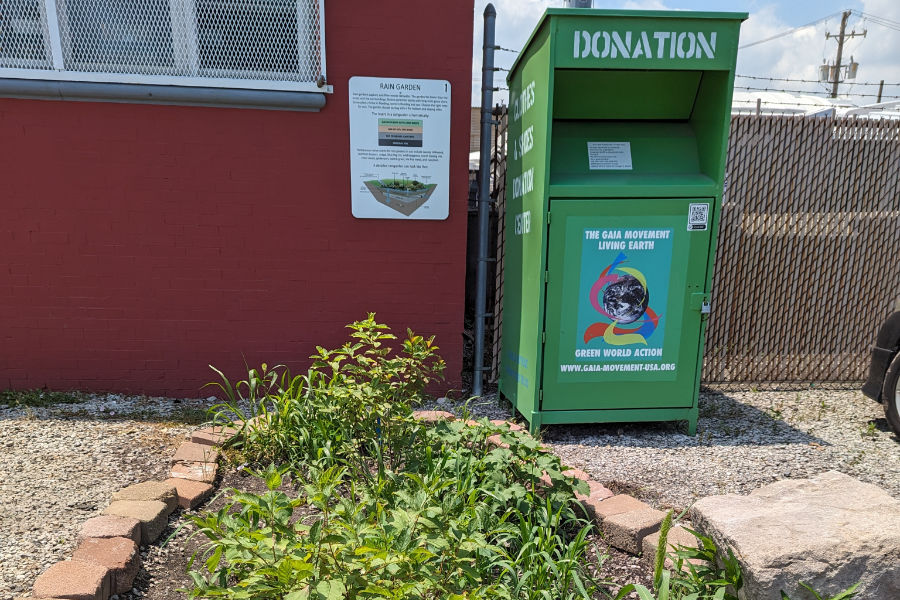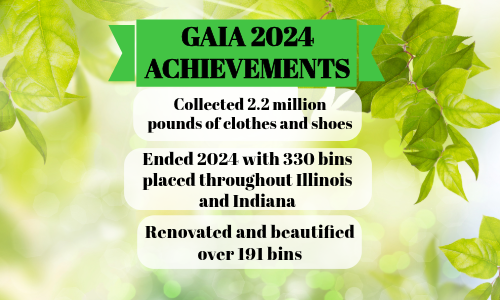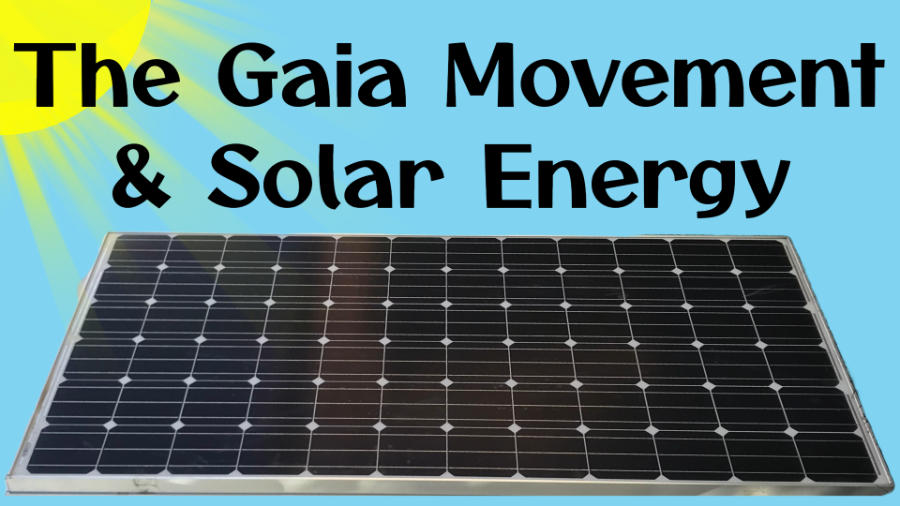Rain gardens are man-made additions to the environment that benefit surrounding areas and personal properties. Rain gardens are usually shallow, rounded gardens anywhere from 6-12 inches deep. They can vary in circumference based on many factors. Consider the size of the property and how porous the soil is where you plan to install your rain garden.
These types of gardens can be built by a landscaper or contractor. However, the cost can set you back a couple hundred to thousands of dollars depending on the size. Read below to learn how you can create your own environmental wonder!
Creating Your Own Rain Garden
1. Check Before You Dig
To make sure you have no issues with your rain garden you want to get a good idea about where you’ll be installing it. Find an area more than 10-15 feet from the house, preferably near drainage points and areas where rainwater funnels. You may want to check with your village and make sure you won’t be digging near any utilities run underground.
2. Test the Spot
Once you find a spot away from utilities and the foundation of the house, test your soil! There are multiple ways to test the soil. One simple way is to dig a small hole in the desired location about 6-8 inches deep and fill it with water. If the water takes longer than 24 hours to drain, the soil is not porous enough for a rain garden. In this event, you should relocate the garden to avoid any future issues. Continue this process until you find a spot that drains properly.
3. Setup Your Rain Garden
After testing the soil, determine the size of your garden. Your garden should be anywhere from 5 – 8 inches deep, considering your property. After digging the garden, make sure there is a berm around your garden. A berm is a raised area that acts as a wall to keep the rainwater inside the rain garden. You can make a berm using the soil removed from the rain garden and river rocks. You can plant a variety of foliage in your rain garden that is native to your area. Ensure the foliage will absorb the additional water and pollutants from the rainwater.
4. Enjoy the Fruits of Your Labor
Now enjoy your rain garden and all the benefits it offers your property! They may attract butterflies and dragonflies, as well as small birds. If you’re thinking “Well, won’t a rain garden attract mosquitos?” don’t fret! If you found a good and porous area, then your rain garden will drain within 24 hours. This is why the soil test in step 2 is so important! Without standing water, mosquitoes will not be able to breed. So no need to worry about them crowding around your rain garden!

Check out more info from the Chicago Botanic Garden and the Prairie Rivers Network.
- https://www.chicagobotanic.org/downloads/wed/WI_DNR_homeowners.pdf
- https://prairierivers.org/wp-content/uploads/2012/08/Rain-Garden-Brochure-20121.pdf
- https://prairierivers.org/wp-content/uploads/2012/08/Table-of-Native-Plants-Suitable-for-Illinois-Rain-Gardens.pdf
To learn more about other types of gardens you can incorporate at home, join our Gaia Home Garden Club!








